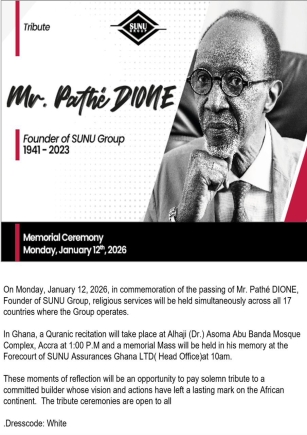
Sixteen strategies to ending violence against women and girls
As the world marked International Human Rights Day on December 10 and the end of the 16 Days of Activism Campaign against Gender-based Violence there is the need for us to ponder on these 16 key strategies that governments, civil society organisations, UN agencies and donors can use to prevent violence against women and girls (VAW).
Redefining VAW
There is the need to demystify the definition of gender-based violence that is inclusive of all forms and manifestations of violence against women and girls. Violence against women and girls includes, but is not limited to, domestic violence, sexual violence, trafficking and sexual exploitation, sexual harassment, stalking, marital rape, child marriage, female genital mutilation and other harmful practices.
Political commitment
The most effective weapon to fight violence against women is a clear demonstration of political commitment, such as statements by high-level governme
Research, data collection and analysis
Conducting research, data collection and analysis are critical to effective advocacy efforts and resource mobilisation, programme development, policy implementation and monitoring of interventions. There should be systems for regular data collection and analysis, including disaggregated data.
Legislations
Enact laws, policies, legislation that deals with violence against women and girls. Translating the promise to end violence against women and girls into practice by intensifying efforts to turn policy pledges into reality for women and girls.
Legal reforms
Review/reform of legislation of discriminatory laws and effective implementation. The state must put in place necessary mechanisms and systems to ensure a smooth implementation of laws. This is enhanced by mandatory and systematic gender-sensitive training for law enforcement and judicial officials, and by issuing guidelines/ protocols for these agencies.
Resources
Specific allocations should be made for free medical care (for victims of certain kinds of gender-based violence such as rape), access to legal aid where lawyers could provide pro bono services, as well as financial schemes that economically empower women.
Awareness creation
Developing various awareness campaigns and using global events such as the 16 Days Campaign to disseminate information to the grass roots for them to appreciate the situation and take necessary actions to end them. Focus of the awareness should be on preventive programmes targeting attitudinal change.
Providing services
It has proven effective to bring together health services for victims/survivors in one inter-agency unit, often called a “One-Stop Centre”. Hotlines and helplines, now standard in many countries, should be available and accessible 24/7.
Provision of safe shelters
It is important to ensure that women fleeing violent situations have access to shelters that meet safety standards to protect them from further violence. Women and girls need a place where they are safe, especially at night.
Capacity development
Resources should be made available to ensure the capacity development of the various sectors and professionals that bear responsibility for enforcing laws and implementing programmes. Adequate public funding should be allocated to non-governmental organisations and women’s groups.
Capacity building
Capacity building for service providers to understand the situation and appreciate what is happening. Programmes targeted at different audience per their needs ( judicial actors including the police, lawyers and judges and non- judicial actors being traditional and religious leaders).
Equal participation
Ensure that women and girls can equally and fully participate in their communities. Women and girls have a right to make decisions that affect their lives. They should be included on an equal basis with men on all community and decision making bodies.
Engaging key groups
Ending VAW requires the involvement of everyone at all levels in the society. We should engage adolescent girls and boys (ages 10-19) who are more open to new ideas and change and are an especially strategic group to work with, as they are at an age where gender-related values, norms and behaviours can be instilled for life. Traditional authorities and faith-based leaders are well placed to mobilise efforts to end violence against women and girls.
Engage men and boys
Without the involvement of men and boys, initiatives to prevent gender-based violence will have limited success. Men and boys need to be seen as part of the solution, and not only as part of the problem.
Corrective measures
Development of therapeutic programmes for the perpetrators, survivors and witnesses (especially children) of violence. More often than not victims are usually given justice where perpetrators are punished by being asked to pay fines or imprisonment. There should be properly designed corrective measures, including therapy for the victim/survivor, the perpetrator and the witnesses who are sometimes innocent children.
Networking
Networking and collaborative efforts between the government and civil society organisations. Working in partnership with others who share the same vision is key.
These are 16 major strategies which when carried out judiciously will go a long way to reduce violence against women and girls. These strategies should be coupled with regular and participatory government-led assessments at the national and local levels to monitor progress in ending gender-based violence.

